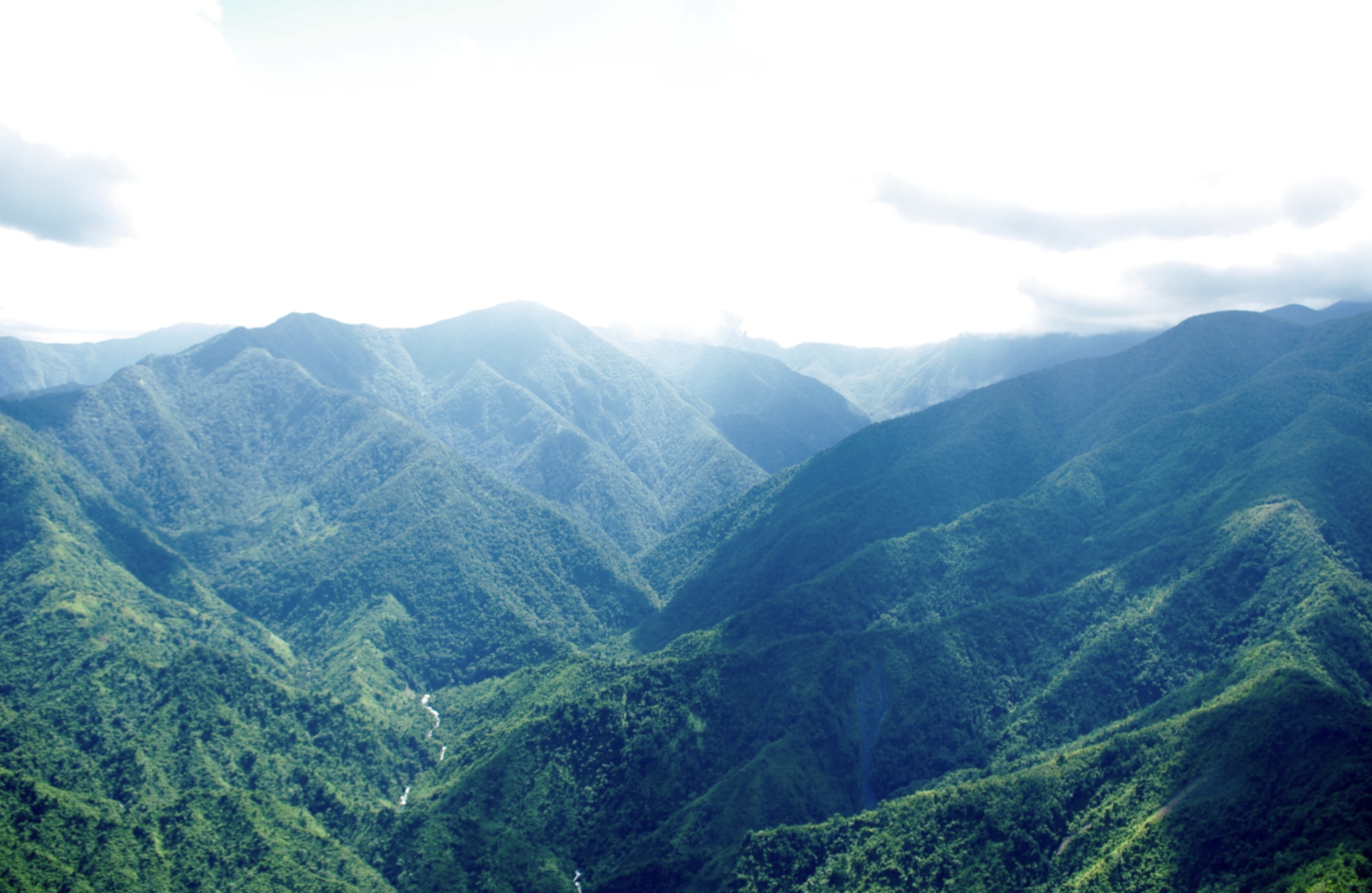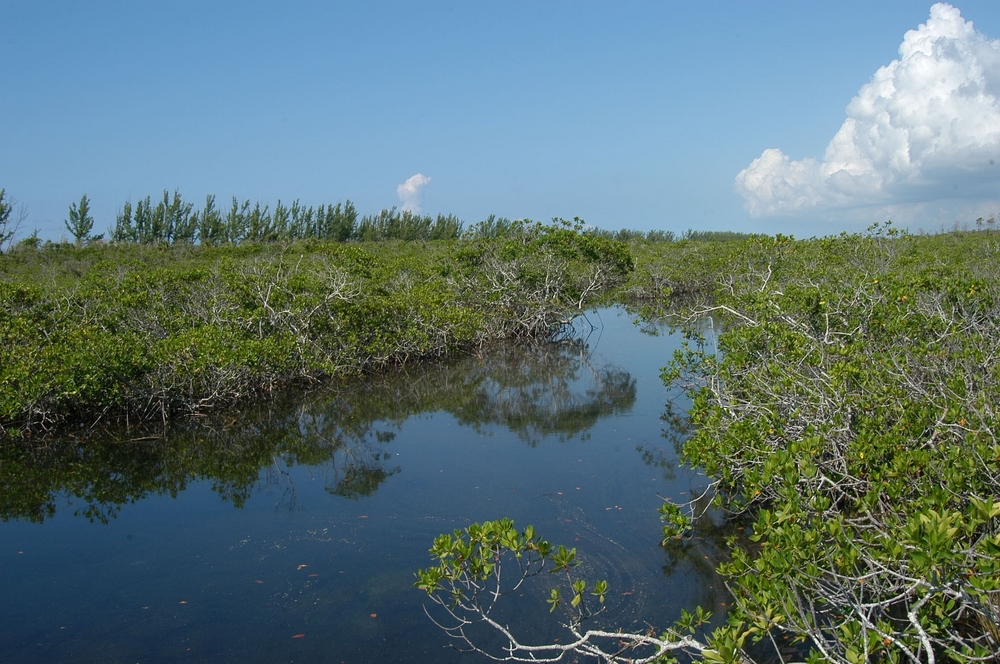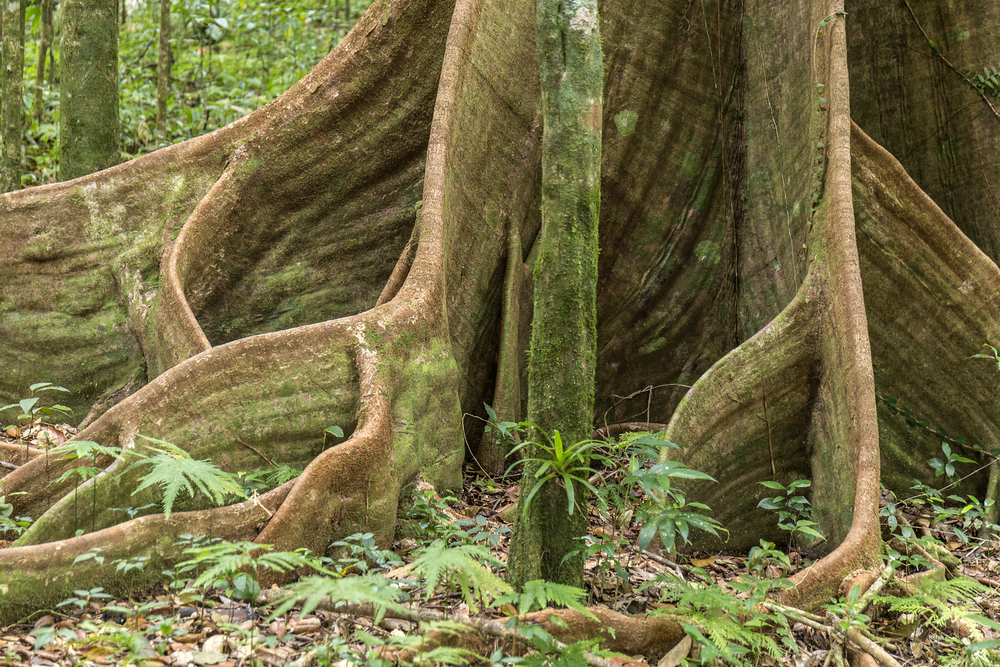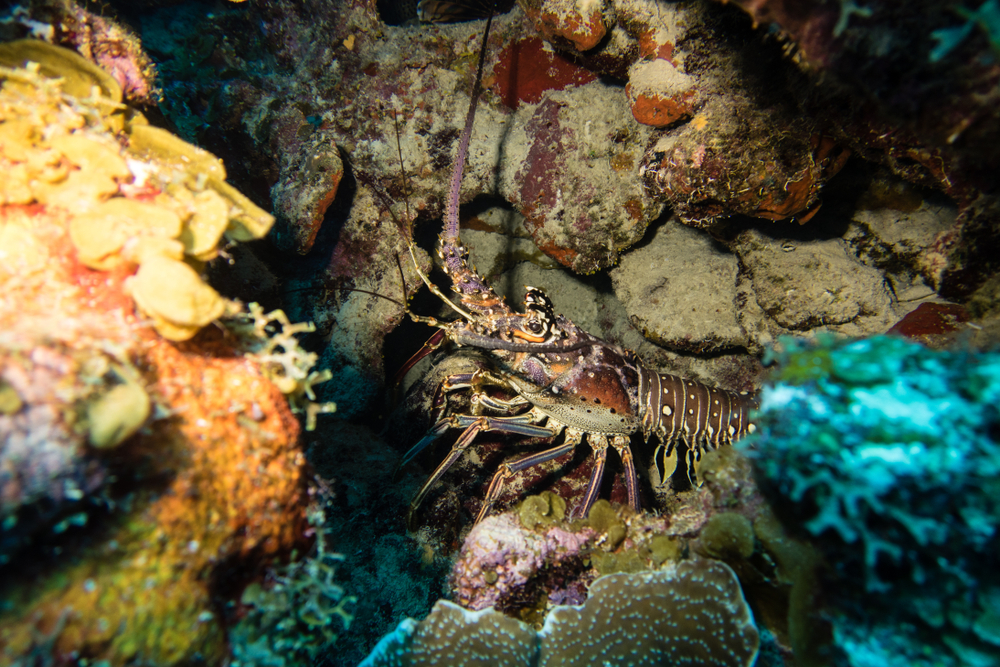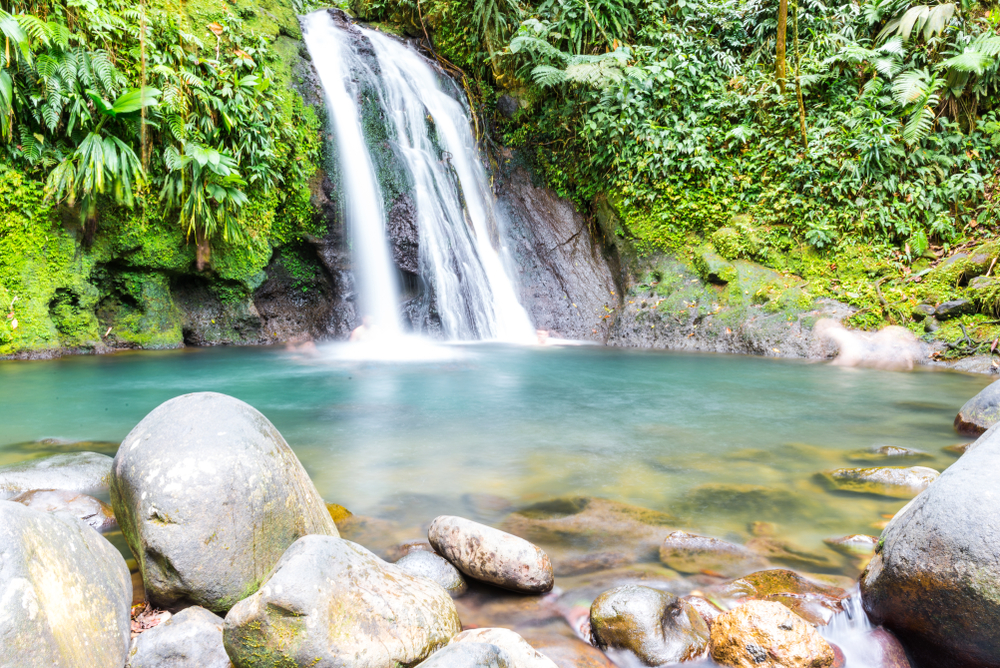Blue and John Crow Mountains Overview
Blue and John Crow Mountains National Park, located in eastern Jamaica, covers an expanse of approximately 495 square miles (1,286 square kilometers).
This UNESCO World Heritage Site, known in the local language as “Blue an John Crow Mauntins Nashunal Paak,” is a biodiverse treasure that protects the island’s highest peak, Blue Mountain Peak, standing at 7,402 feet (2,256 meters).
The park extends across four parishes—St. Andrew, Portland, St. Thomas, and St. Mary—offering visitors breathtaking landscapes, rugged terrain, and a rich cultural history tied to Jamaica’s Maroon communities.
The park is characterized by a diverse and dramatic topography, with steep ridges, deep valleys, and misty, forested slopes. The Blue Mountains are famed for their cool climate and lush greenery, which contrast sharply with the hotter lowlands of Jamaica.
The region’s unique geography supports a variety of ecosystems, from montane rainforests to cloud forests, with towering trees, moss-covered rocks, and an abundance of epiphytes. The park is also home to countless waterfalls, including the spectacular Fish Dunns and Scatter Falls, cascading through the dense foliage.
The vegetation includes endemic species such as the Jamaican bamboo (Chusquea abietifolia), tree ferns, and the towering Blue Mahoe, which is Jamaica’s national tree.
Wildlife within the Blue and John Crow Mountains National Park is as remarkable as its landscapes. The park provides refuge to the endangered Jamaican blackbird, a species found nowhere else in the world, and the striking red-billed streamertail, Jamaica’s national bird. Other avian species include the chestnut-bellied cuckoo, crested quail-dove, and the white-eyed thrush.
The region is also home to the Jamaican boa, the largest native snake on the island, and an array of amphibians such as the Jamaican yellow tree frog. While large mammals are not common, the park harbors the Jamaican coney, a small, nocturnal rodent that is considered a living fossil due to its ancient lineage.
The park is famous for its scenic beauty and cultural significance. The Blue Mountain coffee plantations, located within the park’s buffer zones, produce one of the world’s most sought-after coffee varieties.
Visitors often embark on guided hikes to Blue Mountain Peak, which rewards them with panoramic sunrise views that, on a clear day, stretch as far as Cuba. Additionally, the park preserves Maroon heritage sites, including Nanny Town, a historical settlement established by the Maroons, enslaved Africans who escaped to the mountains and successfully resisted British colonial forces.
Visitors can experience the park through an extensive network of hiking trails, ranging from easy walks to strenuous treks. The Holywell Recreation Area offers picnic spots, birdwatching opportunities, and cabins for overnight stays.
Camping is also available for those who wish to immerse themselves in the park’s tranquil atmosphere. Adventure seekers can explore waterfalls and remote trails leading through pristine forests, while cultural enthusiasts can visit Maroon communities that still practice traditional music, dance, and storytelling.
Despite its status as a protected area, the park faces conservation challenges such as deforestation, illegal farming, and climate change. However, successful management initiatives have strengthened community-based conservation efforts, promoting sustainable tourism and reforestation projects.
The park’s designation as a UNESCO World Heritage Site has helped to bolster conservation funding and global recognition of its ecological and cultural value.








































































